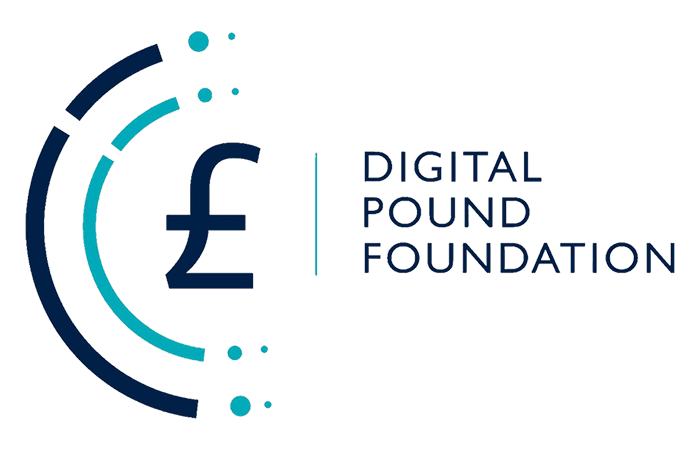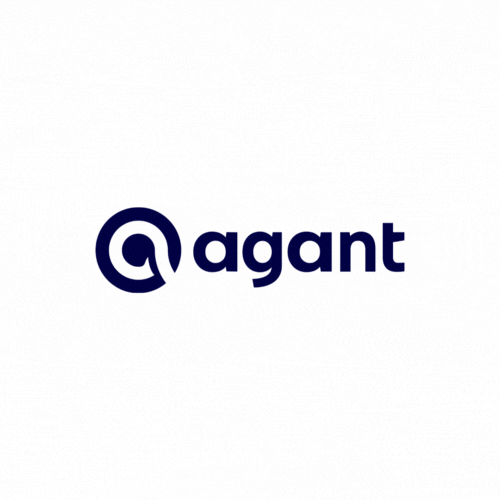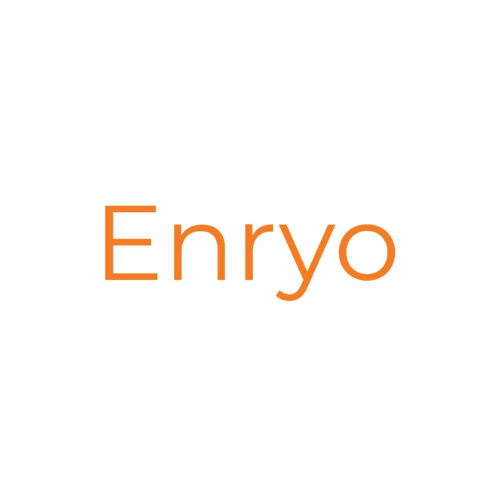The Central Bank of Brazil has unveiled the official name for its central bank digital currency (CBDC) in a recent announcement. The CBDC will be known as DREX, which stands for Digital Real Electronic Transaction, as revealed during a live broadcast on the bank’s YouTube channel. Fábio Araújo, the coordinator of the digital real, and Aristides Cavalcante, the deputy head of the Central Bank’s technology and information department, made the announcement.
Explaining the name’s significance, Araújo stated, “DREX combines several elements of innovation: the D for digital, R for real, E for electronic, and X for transaction, taking a step further in this family of Pix that we created and was a success.” Pix is a Brazilian platform that enables instant and free electronic fund transfers utilising QR codes and user-friendly IDs like phone numbers and email addresses instead of traditional account numbers.
Accompanying the name revelation, the Central Bank also unveiled the new visual branding for DREX. The branding features two arrows leaning into the ‘D,’ symbolising the transition of the real currency to the digital realm. The colour scheme, shifting from blue to light green, is designed to convey the message of a completed transaction.
The digital real initiative will involve authorised entities minting the CBDC, which will be recorded using distributed ledger technology, akin to blockchain. DREX will subsequently facilitate operations such as the buying and selling of public treasury bonds, ensuring swift transactions supported by Web3 infrastructure for token creation, registration, and burning.
Importantly, only authorised financial institutions will handle the tokenised real, which represents the digital real. This approach aims to ensure security and regulatory compliance.
Araújo emphasised the practical impact of DREX on the daily lives of Brazilians, particularly in expanding financial services accessibility. He stated, “With the digital real, people can make a loan more easily or have more accessible investment options or easier insurance… we want to bring these financial products into people’s hands and increase banking in Brazil.”
The digital real pilot, set to conclude next March, is undergoing testing for several use cases. These include the potential for government benefits like Bolsa Família to be paid through the digital real, advancing financial digitalisation and social inclusion.
Senator Carlos Portinho also highlighted the potential of the digital real to enable municipalities and state entities to maintain cryptocurrency wallets. He noted, “The digital real will be a reality and will underpin the cryptocurrency market. It will allow municipalities, states, and public powers to have their digital wallets, which will gain scale and attract investors.” Portinho believes that blockchain technology will enhance transparency and oversight of public funds allocation.
However, concerns have emerged regarding the CBDC’s capabilities, as developers discovered problematic functions within its smart contract. The Central Bank defended these functions, stating that they align with existing legislation and are necessary to ensure compatibility with the current financial system.
The development of Brazil’s DREX represents a significant step toward digitalising the nation’s financial landscape, with potential implications for various sectors of the economy.





























































